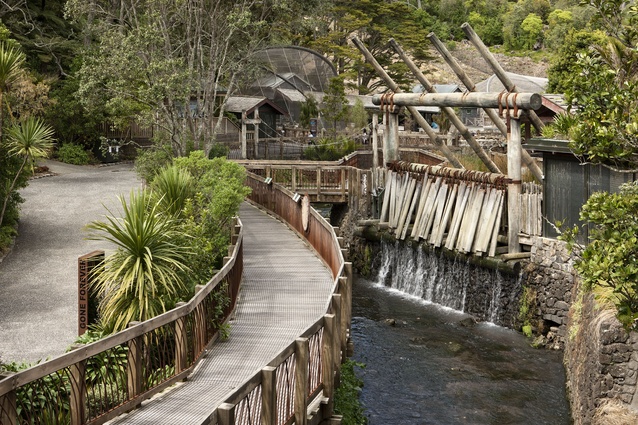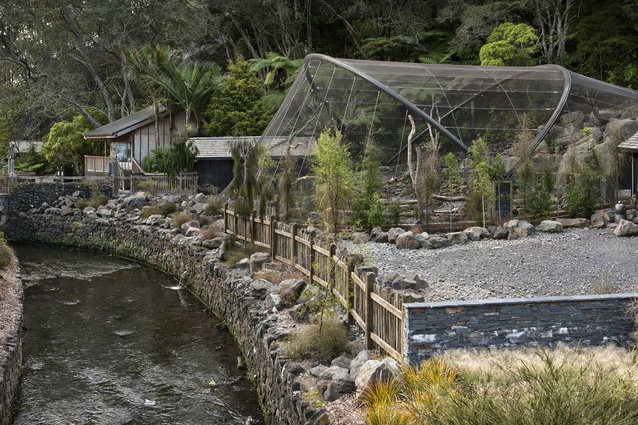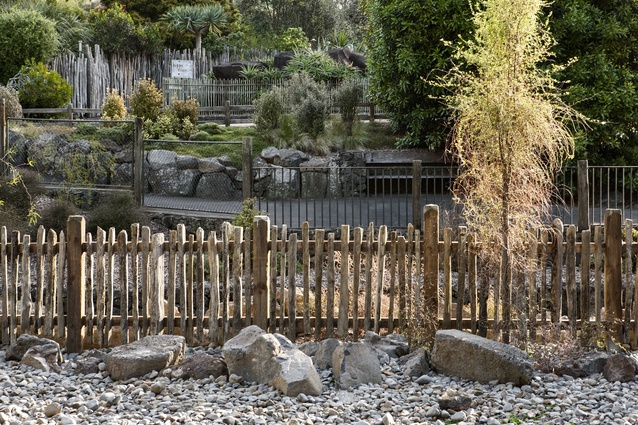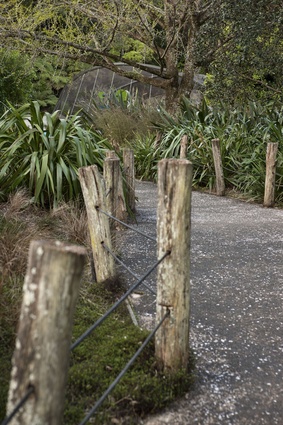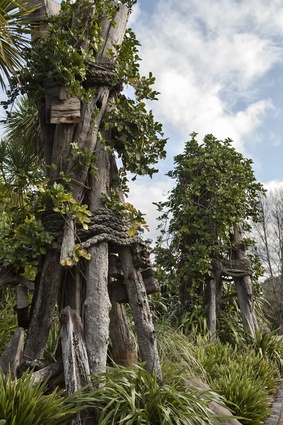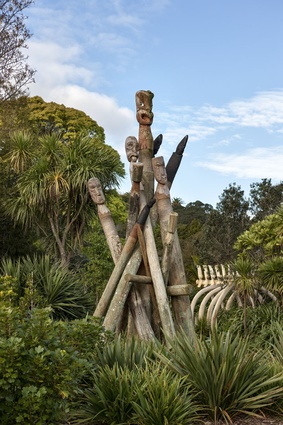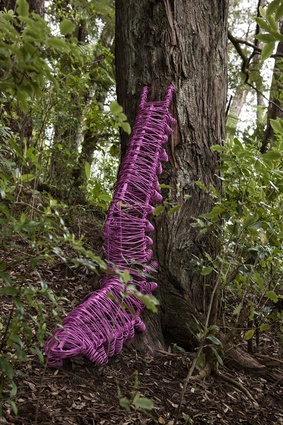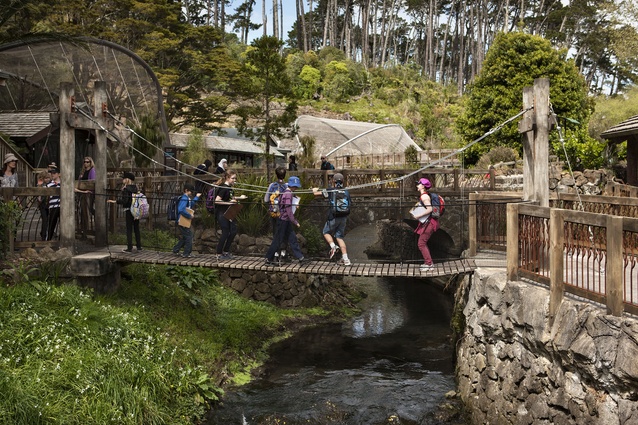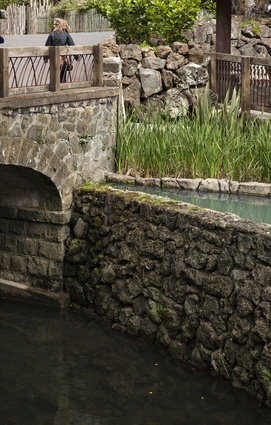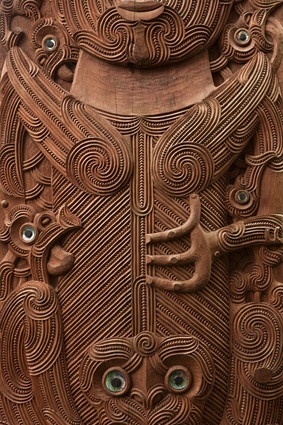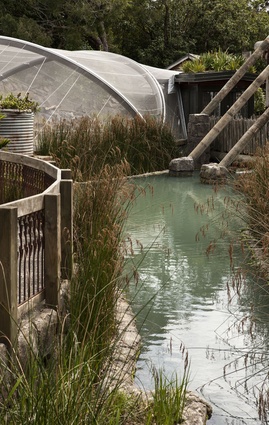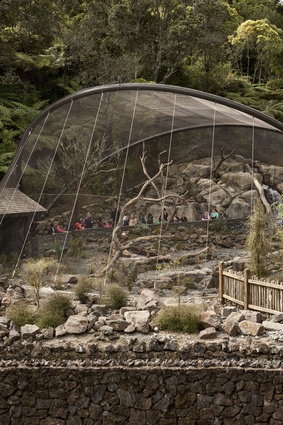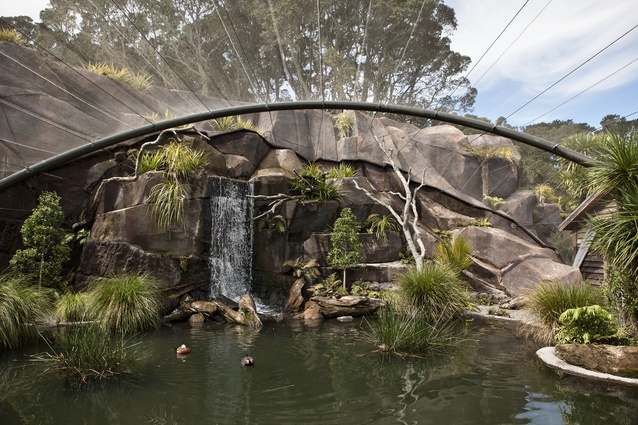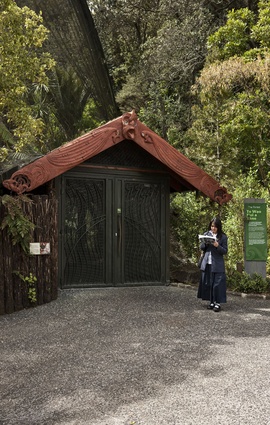Te Wao Nui
New Zealand’s broad range spread of landscapes is now replicated at Te Wao Nui, the New Zealand precinct at Auckland Zoo.
There has been talk of a New Zealand precinct at Auckland Zoo since the early 1990s, but not until Logan Brewer drew up initial plans in 1997 did the cogs start moving.
Officially named Te Wao Nui, the $16m project would be the Zoo’s largest in its history. The key issue in the new precinct’s design was creating equal footing between flora, fauna, animals and Maori culture, says Auckland Zoo’s curator of horticulture Hugo Baynes. “The challenge with New Zealand animals is that they are often camouflaged, quiet, secretive, or they only come out at night,” he explains. “To give a ‘wow’ factor, we needed the precinct to have its own visual merits so we could still engage the visitor, even if they couldn’t see an animal.”
In June 2010, after more than a decade of planning, the Western Springs site – mostly derelict – was blessed for use by Ngati Whatua o Orakei. It was decided five areas would be landscaped to remain true to New Zealand’s geography; a redevelopment of four of the Zoo’s 17 hectares. The Zoo’s horticultural team, lead by Baynes, worked alongside Natural Habitats contractors in the landscape installation of over 200 species, while NZ Strong completed the Logan Brewer-designed build.
We enter Te Wao Nui at ‘The Coast’, through a walkway covered by a fibreglass whale skeleton. A replica coastal ecosystem with sand dune and rocky shoreline, it is home to penguins and shore birds. Its base is suspended above a void to facilitate drainage, enabling the quartz sand (from Industrial Minerals NZ in Auckland’s North Shore) to be rinsed and kept free of pathogen build-up. Dominated by a canopy of pohutukawa, the beach-themed zone features over 50 successional species and primary colonisers to represent the northern New Zealand coastlines. “This displays the robust character of coastal vegetation,” says Baynes. Many of the supplementary materials were donated, such as pine poles from Ports of Auckland that had been weathered in the water for decades. Timber boats were painted to look disused and sea swept. “We’ve got a good combination of ‘real old’ and ‘fake old’, you can’t tell the difference between either.”
After exiting the coastal area through a conservation hut, one enters ‘The Island Sanctuaries’ zone. “This represents our predator-free offshore islands such as Campbell Island and Antipodes Island,” says Baynes. Tuatara, geckoes, skinks and Campbell Island Teal inhabit this rocky terrain, which utilises an existing lava forest in combination with man-made rock features.
Grazed by Antipodes Island parakeets, the feature aviary demands attention within Islands Sanctuaries. A geometric dome, Logan Brewer designed the aviary using stainless steel mesh as a tensile structure. Fabric Structure Systems worked closely with Logan Brewer to implement the design, pioneering its capacity to be put under tension while creating a distinctive shape. It houses low shrubby grassland and acts as an architectural focal point. Plant endemism is foremost in the Islands Sanctuaries; namely reeds, riparian ferns, and some deciduous rushes. Several of such species grow on living roofs upon keeper huts.
Te Wao Nui is built upon Motions Creek, a natural river wholly utilised in the landscape design. Installed above is a cable swing bridge, spanning the creek, comprising of Vitex timber treads and typical cables. A mild steel design feature concludes the bridge’s balustrade.
A walk towards ‘The Wetlands’ on the bridge highlights the original old stone arches from the 1920s, and, installed for Te Wao Nui, the replica kauri dam. “A blend of pine and macrocarpa, the dam serves as a reminder of the expansive kauri forests destroyed in the 19th and 20th centuries,” says Baynes.
Owing to “animal husbandry” issues, typical wetlands vegetation is kept outside The Wetlands’ large aviary, not inside it, Baynes confirms. Therefore, flax, manuka and cabbage trees line the boardwalk towards the entrance along Motions Creek, leading to a large focal puriri tree. Another living roof of climbing rata and swamp astelia is situated before the aviary entrance. Inside the aviary – a larger version of the tensile stainless steel structure in Island Sanctuaries – copious ferns and riparian species surround a large pond and waterfall. Sitting behind the structure is an 8m rock wall, made of Gunite Dricon, braced with several tonnes of themed gunite and timber poles.
After moving through the night house one arrives at ‘The Forest’. Over a dozen pieces of Maori artwork are integral to the Te Wao Nui experience, the most prominent of which is at this landscape’s entrance. Tane Nui A Rangi, a three-metre totara carving by Lyonel Grant, introduces the forest aviary.
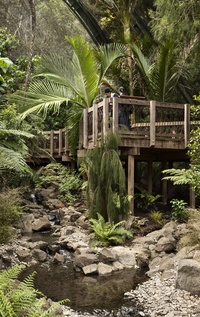
Built upon the original from 1992, the new aviary is the largest and most impressive man-made addition to the Te Wao Nui precinct as a whole. For installation of its steel arches, of which the biggest is 19m high, an access road was created for engineers.
Highlighting native biodiversity, the Forest showcases the Zoo’s best botanical asset. As stone bridge steps lead up multiple tiers towards a viewing platform, this aviary’s stainless steel mesh appears almost invisible amongst its green backdrop. From the top platform, 5.5m above ground, the distinctive divaricating plants are in full view amongst the free-flight birds, giving full appreciation from forest floor to canopy.
Finally, ‘The High Country’ features two landscaped aviaries for kea and weka, and blue duck and parakeets. Instead of stainless steel, the kea and weka structure is made of ‘chew resistant’ Phantom Mesh. Set amongst rocky outcrops, dead trees and recycled logs are pools and waterfalls, and the area also uses the texture and tapestry of tussock to theme. The high country rock retaining wall, which stabilises a deep cut in the side of the hill, includes a waterfall and several misters. Designed by Shockrete & Rock, it delivers 40 litres of water per second – fed from Western Springs – and is refreshed every 48 hours. In lieu of high country species that cannot survive in Auckland’s humidity, various lowland natives were planted to replicate the South Island look.
As a precinct, Te Wao Nui incorporates a structural and spatial balance to exude an overall ambience that accurately emulates New Zealand’s geography. The result, Baynes says, is “simplicity, form, function and unity”. The project’s various Landscaping New Zealand awards, including 2012 Landscape of the Year, offer a clear validation of this comment.

